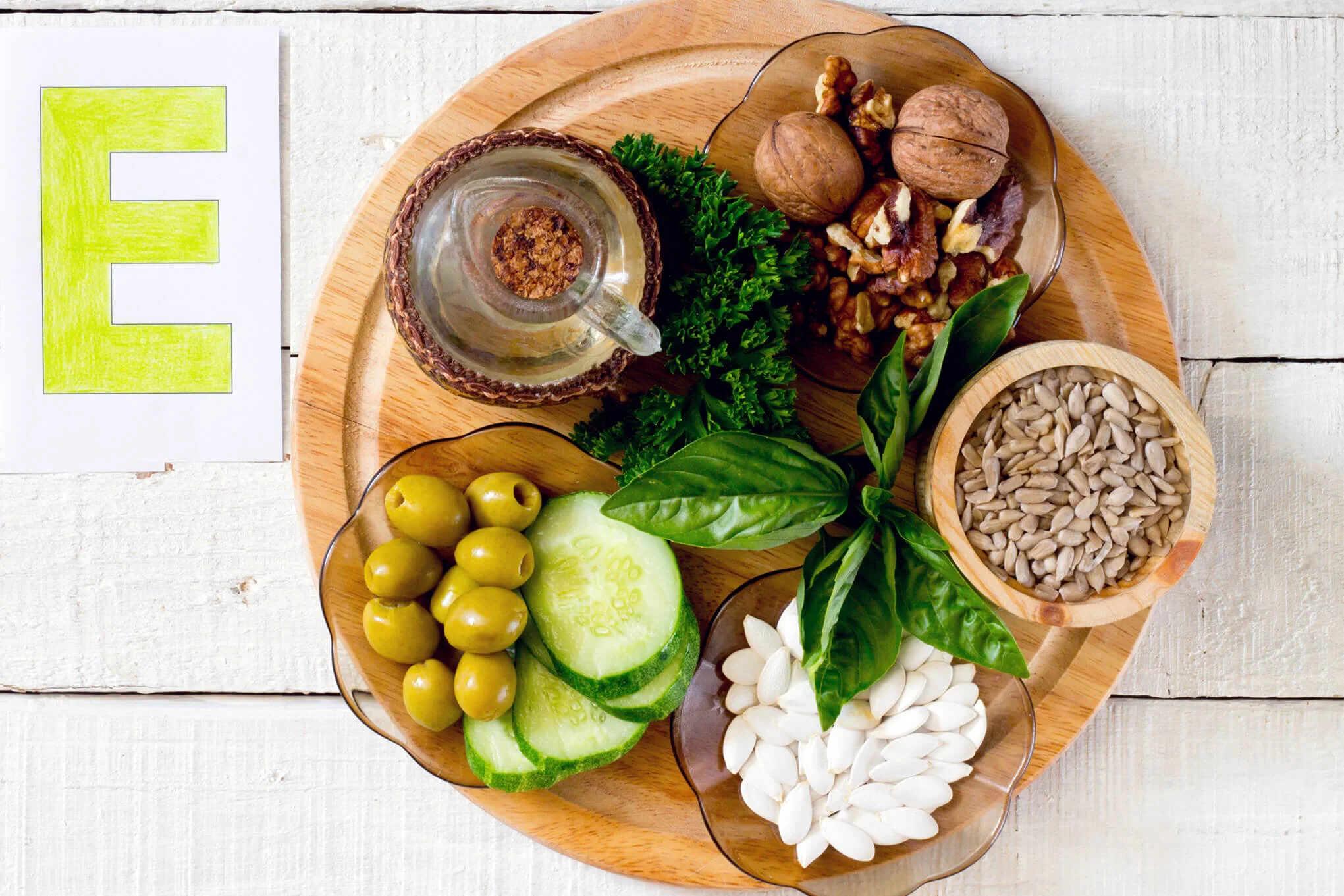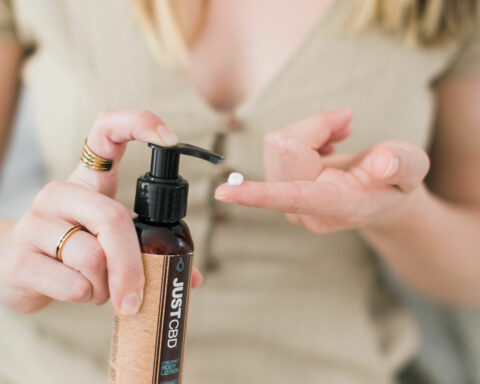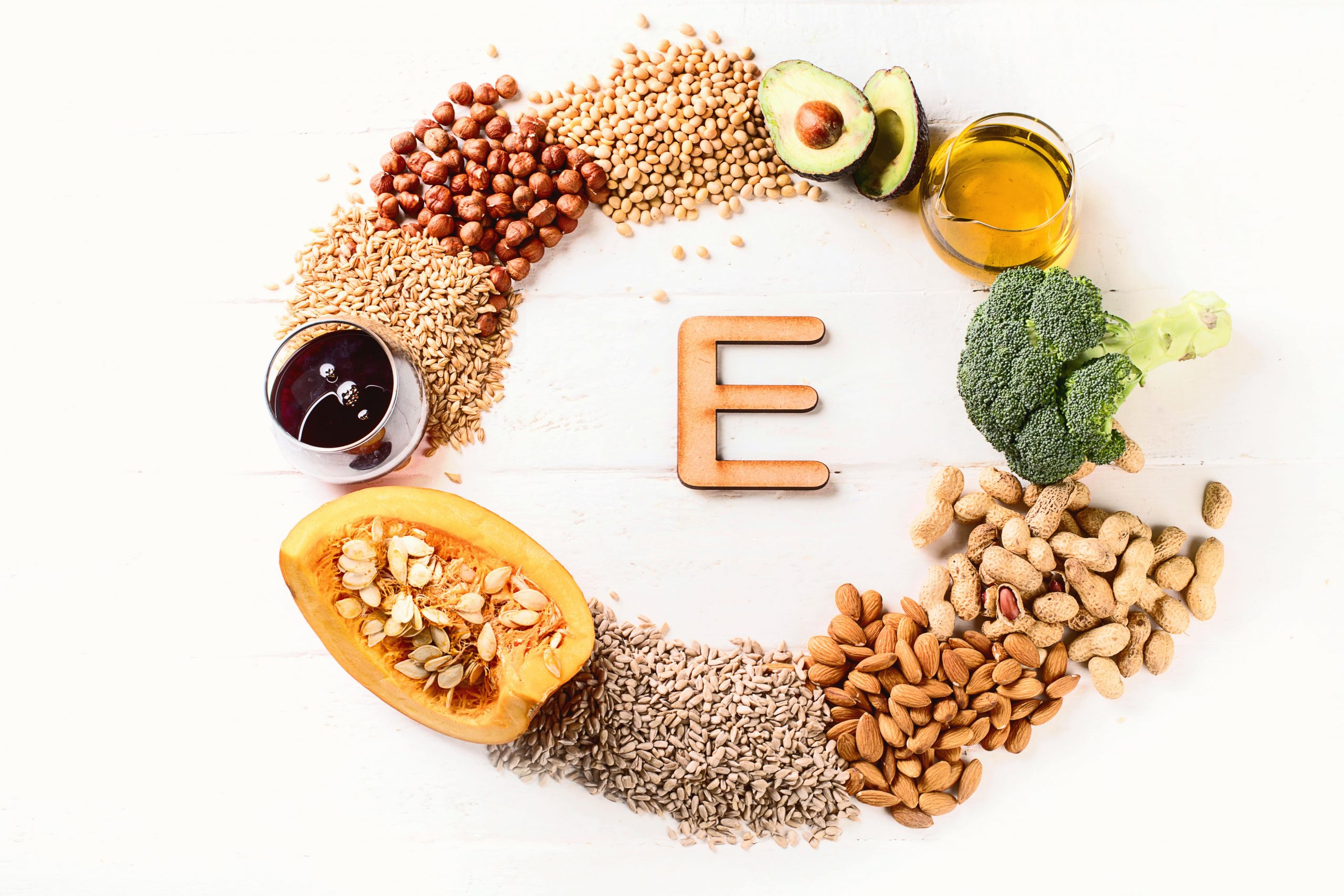1. What is vitamin E good for?
Vitamin E boosts the immune system by protecting the body against attacks and helps maintain healthy eyes and skin.
2. Are many people deficient in it?
Rare cases are deficient in vitamin E because it does not consist of a low vitamin E diet but may come from fat metabolism and absorption problems.
3. What’s the best way to get vitamin E (food, supplements, other) and why?
Natural foods contain alpha-tocopherol, which is easily transported and utilized in the liver.
4. Why are oils are typically considered the richest natural source of vitamin E?
Most plant oils, including almonds, hazelnuts, and sunflower, are great Vitamin E sources that allow ready absorption into the bloodstream.
5. Does the fat from these oils helps you better absorb vitamin E?
Vitamin E is fat-soluble, making it absorbed better when consumed in foods with higher fat amounts, such s avocado.
6. When it comes to nuts/seeds, does it matter if they’re raw or roasted in terms of vitamin E content? Or will they have the same amount of vitamin E?
Some studies indicate that roasted nuts lose vitamin E in the roasting process. However, the loss relies on the temperature amount and type of nuts.
7. Please offer some guidance on why/how it’s important to eat nuts in moderation. Also, do most flavored options (like brown sugar cinnamon pecans or wasabi almonds) have added sugars people should watch out for?
While 80% of fat in nuts is healthy, the amount offers high calories. That is why moderation is key, especially for specific almond recipes, including wasabi, containing many added sugar and spices.
8. Can you get more vitamin E by eating different foods together (like fruit and nuts) because it enhances absorption? If so, maybe offer a tip on how to pair foods for maximum vitamin E.
Definitely yes. Vitamin E is fat-soluble, thus requiring dietary fat for faster absorption. In one serving, you should pair vitamin E food with dietary fat, such as broccoli and almonds or sunflower.
9. Why is fruit best eaten whole and not consumed as juice or a smoothie?
Whole fruits contain fiber and more nutrients in their pulp and skin, healthier than when removed to make smoothies and juice.
10. It seems like most veggies that are high in vitamin E are green. Is there any reason for this?
Most vitamins are associated with green color and health-boosting phytochemicals, including vitamin E. Leafy green veggies have phytochemicals that enhance good health and give color to plants.
11. Please share a tip or two on preparing/eating beet/collard/turnip greens … do you usually cook them or have them raw in a salad?
I prefer blending a handful of turnip greens in my smoothies and making salads with collard and beet greens.
12. It seems like fish or other types of seafood have the most vitamin E (compared to meat or poultry). Is that true, and if so, why?
Seafood, especially Atlantic salmon and rainbow trout, contains higher vitamin E than poultry and meat. It is due to generally high lipid concentrations in the fish flesh and feeds, leading to more vitamin E quantities.
- What Are the 7 Chakras and How Can You Unblock Them? - April 19, 2024
- THCa Flower by Perfect Plant Markey - September 21, 2023
- Arches Audio Shares Their Secrets For Starting A Successful Podcast - July 7, 2023








